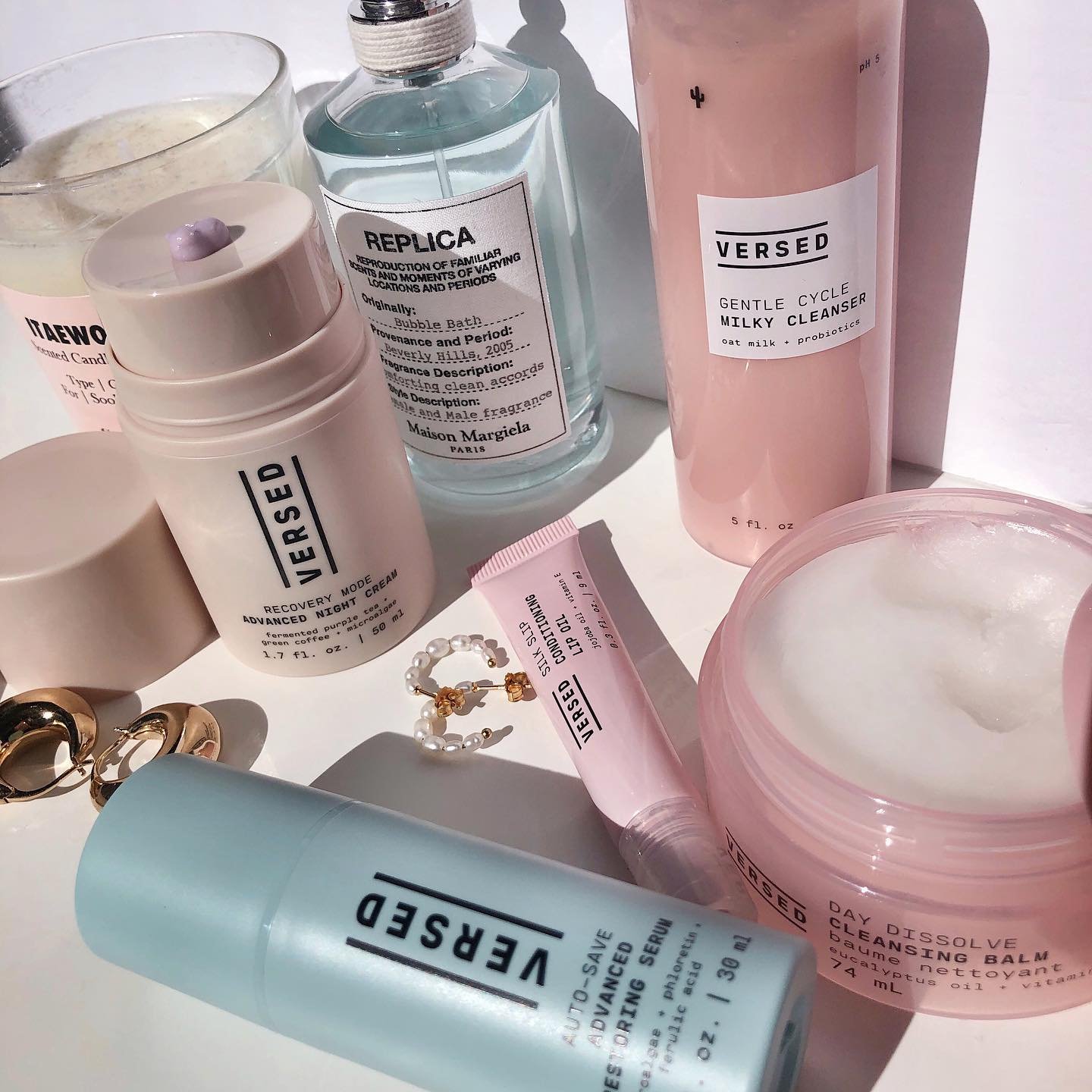

More and more products promise “clean beauty,” along with plumper lips and fewer wrinkles. But what does that actually mean?
Swiss glacier water to remove your makeup? La Prairie can give you that for $120. Intrigued by the possible regenerative powers offered by the microbes in Finnish forest mulch? Snap up a cleansing cake from Luonkos for 33 euros (about $35). Curious about algae and sea kale sunscreens, vegan lipsticks or gritty exfoliating soaps made from spent coffee grounds? Look around and it seems as if more and more consumers are jumping on a beauty bandwagon that promises clean skin — and an even cleaner conscience.
But what does clean beauty actually mean?


Much like the murky term “sustainability” in fashion, there is no clear definition of clean beauty — and no consensus on the specific substances
and chemicals that should be avoided or embraced. As awareness of the lack of regulation in the beauty industry has risen in recent years, so too has skepticism about the “clean” movement.
But growing faster still is the global popularity of clean consumerism, as shoppers gravitate toward marketing terms like “naturally derived,” “cruelty free” and “nontoxic” when it comes to what they put in — and on — their bodies (with the notable, and curious, exception of injectables like Botox).
Although skin-care brands like Origins and Aveda, early adopters of a “natural” vocabulary, appeared in the late 1980s, the consensus is that clean beauty emerged from Southern California in the 1990s, alongside the “clean eating” trend
As many consumers became preoccupied with notions of wellness, some beauty companies began to promote products as nontoxic, safe and natural. Yet there has never been a set of legal guidelines governing the use of such terms.

Currently, the European Union bans more than 1,300 ingredients from use in cosmetics (though many would rarely be found in personal care items). In the United States, the Food and Drug Administration bans 11 cosmetic ingredients. Last fall, Congress introduced the Safer Beauty Bill Package, which, if passed, will codify legal definitions for terms like “natural” and “naturally derived” and ban ingredients like parabens and formaldehyde. Japan, another major beauty market, has different regulatory standards.
This means that “many brands are taking it upon themselves to define clean beauty according to their ideals and agendas,” said Akshay Talati, the vice president for product development in the Goop beauty and wellness division.
Then again, there are brands that don’t want to be tarnished by the “clean” association.
“I think ‘clean’ skin care is all a load of bollocks,” Ms. McCartney told Elle UK magazine last year when she introduced Stella, her skin-care line. She said she understood why people use the word, “because it conjures up wonderful images of purity, but I would never use it.”